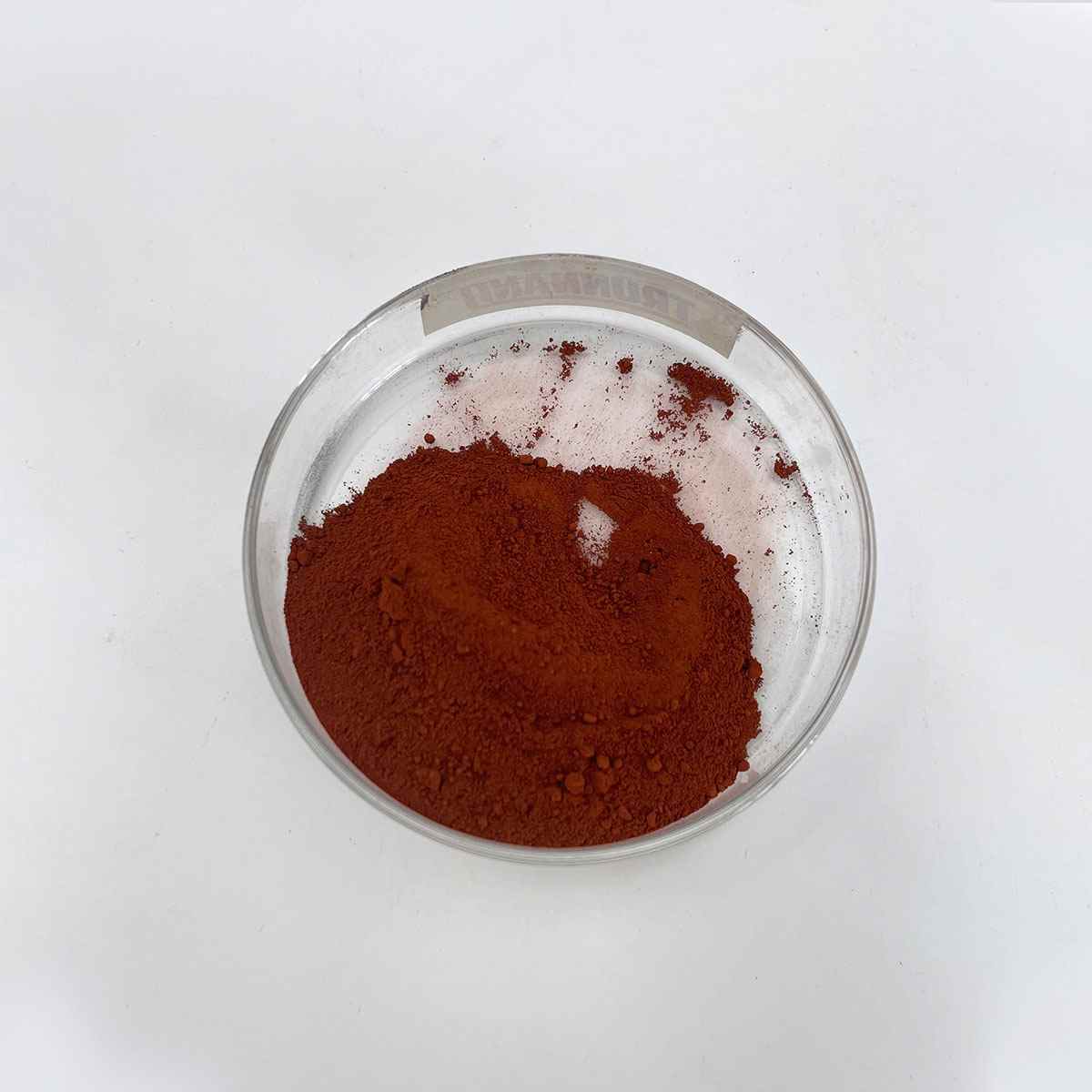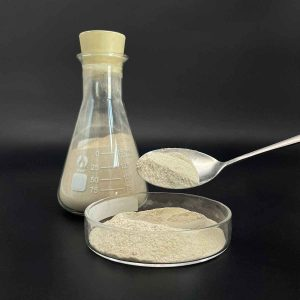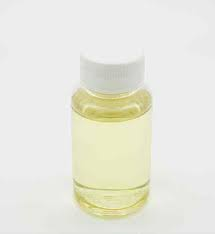1. Introduction
In the past 48 hours, the European Chemicals Agency (ECHA) has updated its risk assessment dossier on sodium lauryl sulfate (SLS), reaffirming its safe use in rinse-off cosmetics but flagging potential environmental concerns when released in large quantities via wastewater. This renewed attention underscores the ongoing debate around one of the most common surfactants in personal care and industrial products. Whether you’ve seen ‘SLS-free’ labels on your shampoo or wondered why your weed killer includes a ‘surfactant for herbicides,’ understanding sodium lauryl sulfate is key to making informed choices.

Sodium lauryl sulfate—also known as sodium dodecyl sulfate (SDS), natrium lauryl sulfate, or simply SLS—is a powerful anionic surfactant prized for its ability to create rich lather and effectively remove oils and dirt. But what exactly is a surfactant? The meaning of surfactant lies in its name: ‘surface-active agent.’ These molecules have a hydrophilic (water-loving) head and a hydrophobic (oil-loving) tail, allowing them to reduce surface tension, emulsify oils, and suspend grime in water.
2. What Is Sodium Lauryl Sulfate?
Chemically, sodium lauryl sulfate is the sodium salt of lauryl sulfate, derived from lauryl alcohol (often sourced from coconut or palm kernel oil). Its molecular formula is C12H25SO4Na, and it’s classified as an anionic surfactant due to its negatively charged sulfate group. You might also encounter it labeled as na lauryl sulfate, sls sodium lauryl sulfate, or simply sls sulfate. Despite occasional confusion, it’s distinct from sodium laureth sulfate (also called sodium lauryl ether sulfate or sodium lauryl ether sulphate), which is ethoxylated and generally milder.
3. Common Uses of SLS
Sodium lauryl sulfate is a workhorse ingredient across industries. In personal care, it’s found in toothpastes, shampoos (including formulations with sodium lauryl ether sulphate in shampoo), body washes, and facial cleansers for its foaming and cleansing power. Industrially, it serves as a wetting agent for grass, a surfactant for weed killer, and even in laboratory settings as a denaturing agent in protein electrophoresis. Its effectiveness as a lawn wetting agent stems from its ability to help water penetrate waxy leaf surfaces.

Beyond consumer goods, SLS is used alongside other surfactants like polysorbate 80, span80, pluronic 127, and poloxamer 188 in pharmaceuticals and agrochemicals. It’s also sometimes blended with non ionic surfactant types or cationic surfactant compounds like cetyl trimethyl ammonium bromide (CTAB) or cetyltrimethylammonium bromide to modify performance. For those sourcing raw materials, ‘sodium lauryl sulfate for sale’ is widely available from chemical suppliers, including companies like Rohit Surfactants Private Limited.
4. Safety and Controversy
Despite its prevalence, SLS has faced criticism for being a skin and eye irritant, especially in high concentrations or with prolonged exposure. It’s not inherently toxic, but its strong degreasing action can strip natural oils, leading to dryness or sensitivity. This has fueled demand for milder alternatives like cocamidopropyl betaine (also called coco betaine, coco amido propyl betaine, or amidopropyl betaine), sodium cocoyl isethionate, sodium lauroyl sarcosinate (or lauroyl sarcosinate), and sodium cocoyl glutamate.
Importantly, SLS is not the same as sodium laureth sulfate (SLES), though the two are often confused. SLES—sometimes labeled as sls sodium laureth sulfate, laureth sulphate, or sulphate laureth sulfate—is created by ethoxylating lauryl alcohol before sulfation, resulting in a larger, less penetrating molecule that’s gentler on skin. Other emerging options include bio surfactants like alkyl polyglucoside, coco glucoside, and decyl glucoside, which are derived from renewable resources and are biodegradable.

5. How SLS Compares to Other Surfactants
Surfactants fall into four main categories: anionic, cationic, nonionic, and amphoteric. Sodium lauryl sulfate is a classic example of an anionic surfactant, alongside sodium dodecylbenzene sulfonate and ammonium lauryl sulfate (also known as ammonium dodecyl sulfate or ammonium lauryl sulphate). Cationic surfactants like CTAB carry a positive charge and are often used for antimicrobial or conditioning effects. Nonionic surfactants—such as ethoxylated alcohol, lignin sulfonate, and polysorbate 80—lack a charge and are valued for low irritation and stability.
Amphoteric surfactants like cocamidopropyl betaine can switch charge depending on pH, making them versatile and mild. They’re frequently paired with SLS to reduce irritation while maintaining foam. Meanwhile, specialty surfactants like sodium deoxycholate, sodium oleate, and even copper 1 bromide (used in niche applications) serve highly specific roles. Fluoro surfactants, though effective, are increasingly restricted due to environmental persistence.
6. The Shift Toward Gentler and Greener Options
Consumer awareness has driven a market shift toward sulfate-free and bio-based formulations. Brands now highlight ingredients like sodium coco sulfate (sometimes misleadingly called coco sodium sulfate), sodium lauroyl methyl isethionate, and sarcosinate derivatives. These alternatives offer effective cleansing with reduced irritation potential and better environmental profiles.
In agriculture, the demand for eco-friendly adjuvants has boosted interest in nonionic surfactant blends and natural wetting agents. Similarly, in personal care, ‘SLS-free’ has become a marketing staple, even though regulatory bodies like the FDA and EU SCCS consider SLS safe in rinse-off products at typical use levels.
7. Conclusion
Sodium lauryl sulfate remains a cornerstone surfactant due to its efficacy, low cost, and versatility. However, evolving consumer preferences and environmental considerations are accelerating the adoption of milder, sustainable alternatives. Whether you’re formulating a new shampoo, selecting a weed killer, or simply reading an ingredient label, understanding SLS—and its place among anionic, cationic, nonionic, and amphoteric surfactants—empowers smarter, more informed decisions.
Our Website founded on October 17, 2012, is a high-tech enterprise committed to the research and development, production, processing, sales and technical services of ceramic relative materials such as Sodium. Our products includes but not limited to Boron Carbide Ceramic Products, Boron Nitride Ceramic Products, Silicon Carbide Ceramic Products, Silicon Nitride Ceramic Products, Zirconium Dioxide Ceramic Products, etc. If you are interested, please feel free to contact us.


